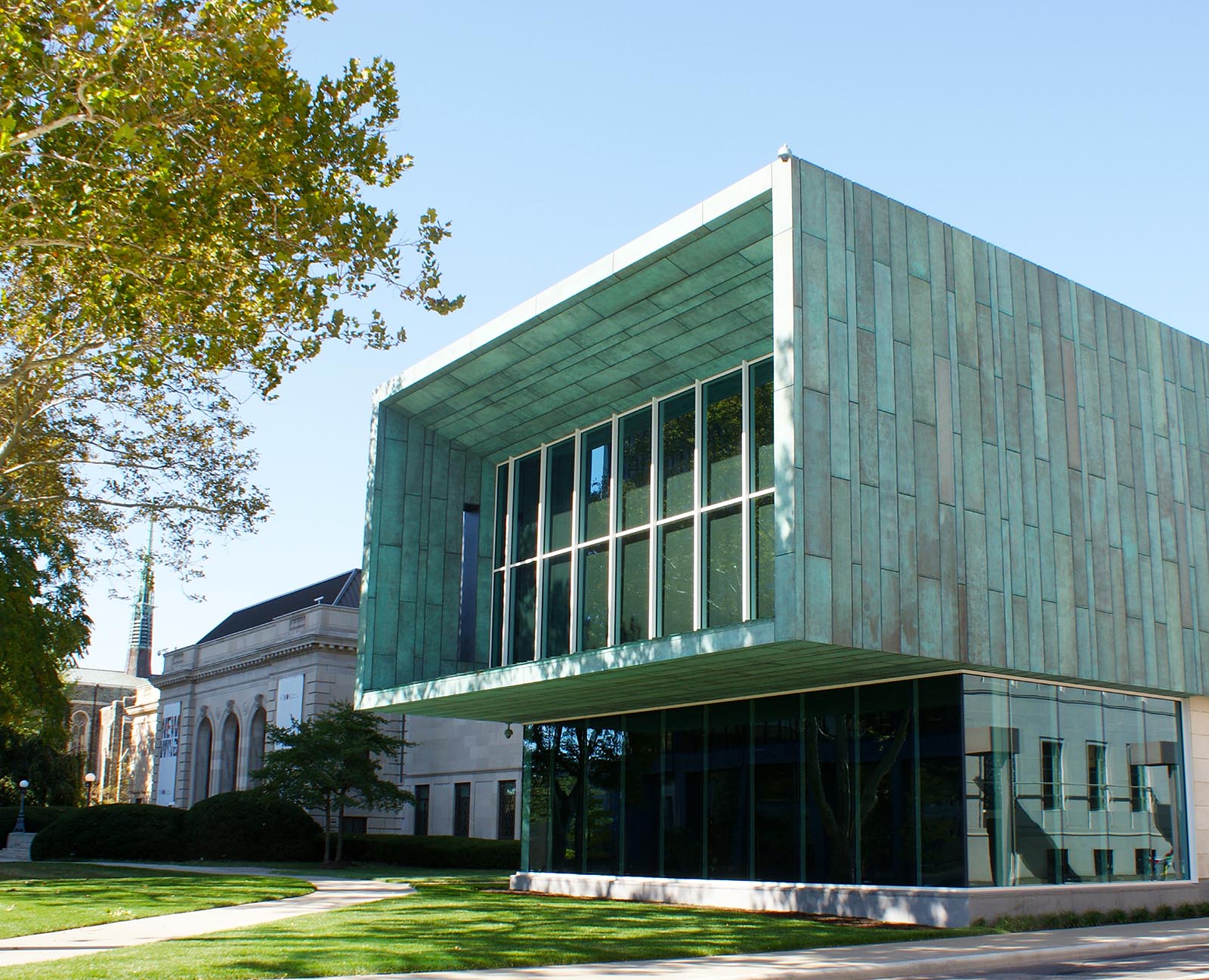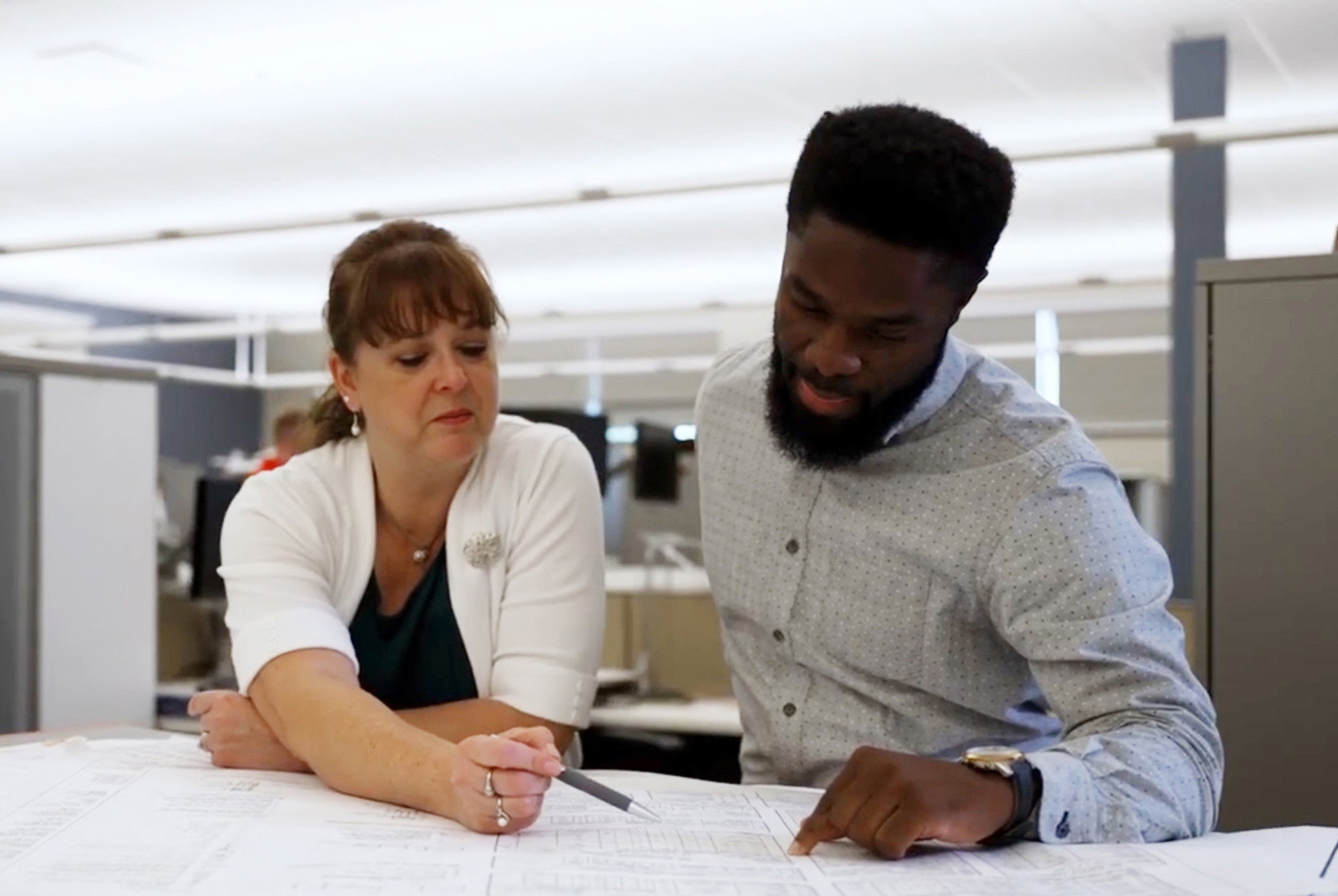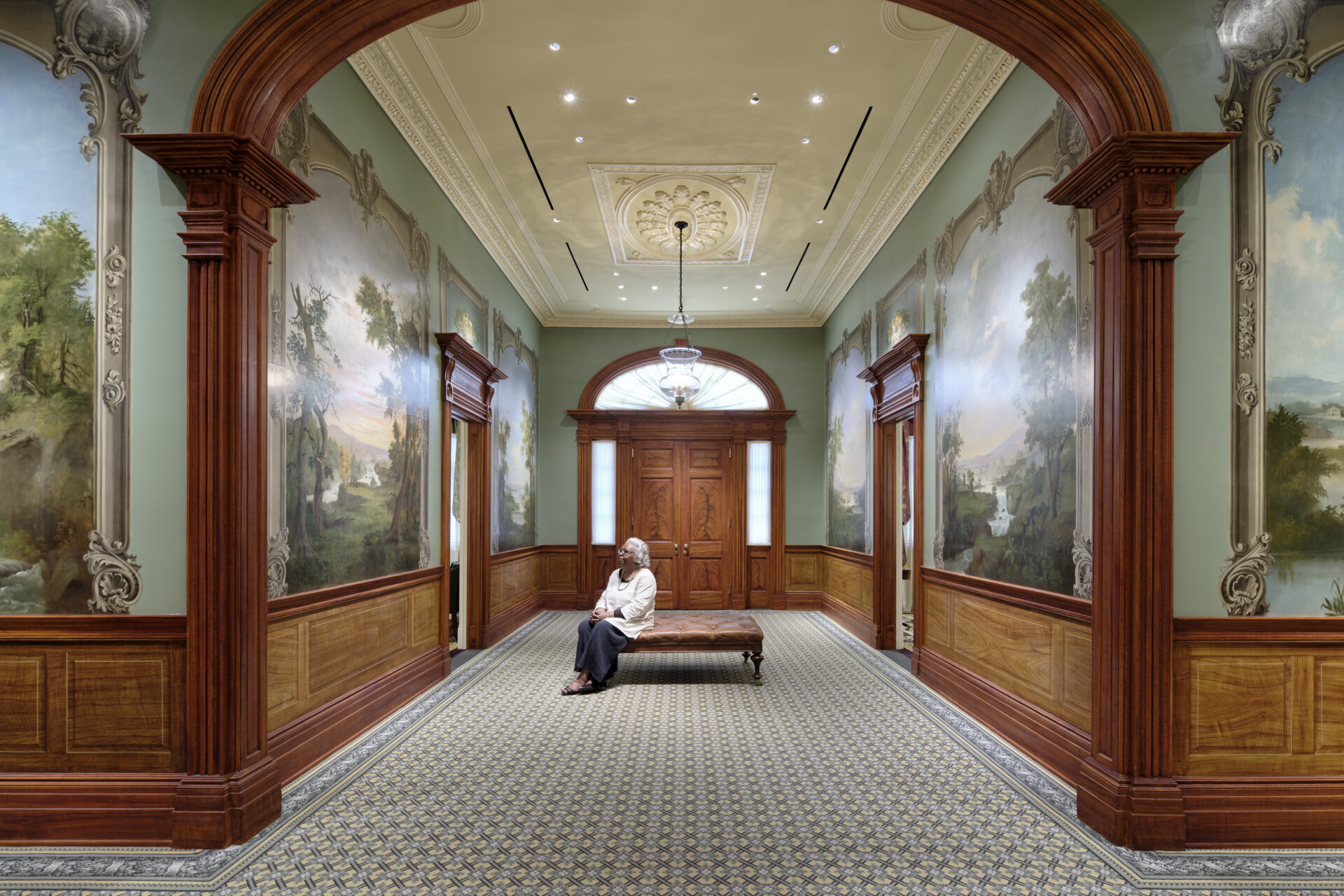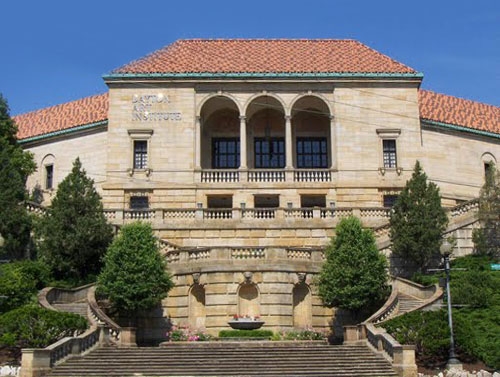Columbus Museum of Art

Cost $33,000,000
Size 88,000 SF
HEAPY designed the Mechanical-Electrical systems and provided Commissioning services for the renovation and expansion of the Columbus Museum of Art. The Museum is comprised of a 55,000 SF Beaux Arts Style Neo Classical Main Building, built in 1931, a 33,000 SF Brutalist Style building built in 1974 and a 20,000 SF Spanish Style Beaton Hall Building built in 1930. These buildings reside on a 196,000 SF site in the City’s Downtown Discovery District.
The phased renovation and expansion of its facilities included a 50,000 SF addition and complete renovation of the existing 38,000 SF 1974 Building. This results in approximately 20,000 SF of new gallery, a new sculpture garden, new store and a large special event space. The two-story addition completely wraps around the existing 1974 Building parallel to Washington Street with a spectacular two-story glass enclosed space.
The project included the renovation of a majority of the museum’s mechanical systems and was designed to renovate and replace three (3) existing air handling units, all coordinated for multiple phases of construction to maintain occupancy of the building. Four new AHUs were installed to handle the new addition areas. All areas, both renovated spaces and new addition spaces, required narrow tolerances of temperature and humidity, and pressure control to preserve the quality of rare and valuable art work, all while being designed for quiet operation to meet the art galleries’ and visitors’ noise requirements. The electrical and lighting systems highlight the art and are low maintenance and efficient.
The project has been recognized by The Wall Street Journal as an exceptional Architecture Project for working around an existing structure, the communities needs, the environmental needs and longevity, and is LEED Certified.





